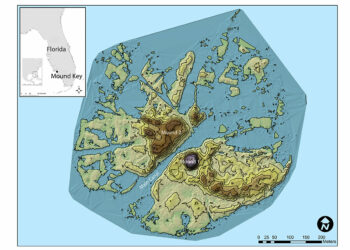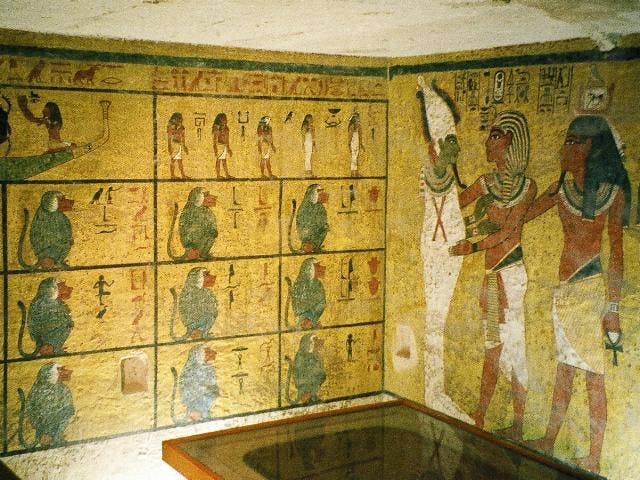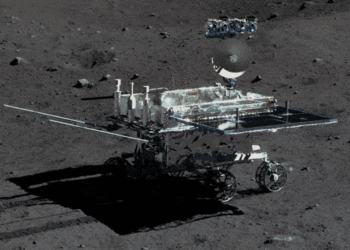The Moon’s geologic past was much more interesting and active than previously thought, results from the Chinese lunar rover indicate. The Yutu moon rover found evidence of at least nine distinct rock layers deep beneath its wheels, something which seems to indicate a more complex and active setting.
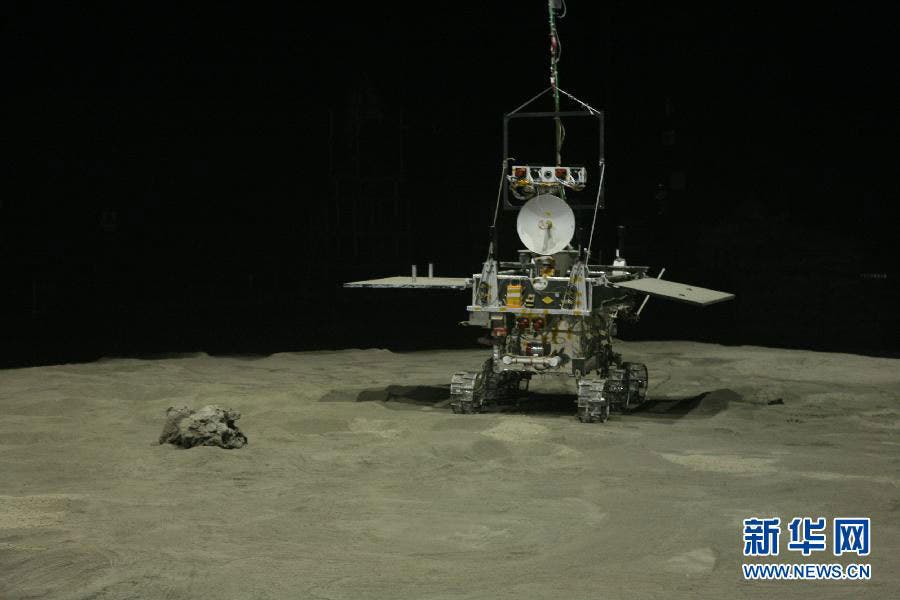
“We have for the first time detected multiple subsurface layers (on the moon),” said lead author Xiao Long, professor of the China University of Geosciences in Wuhan, attributing these layers to ancient lava flows and the weathering of rocks and boulders into regolith, or loose layers of dust, over the past 3.3 billion years or so.
The Yutu mission was initially considered a failure, after the rover stopped only weeks after it was launched due to technical difficulties; it only covered 114 meters. But analysis of the data it gathered in the short timeframe is starting to reveal unknown features of the satellite. In a statement, Xiao Long said:
“Two things are most interesting. One is [that] more volcanic events have been defined in the late volcanism history of the moon. Another is the lunar mare [volcanic plain] area is not only composed of basaltic lavas, but also explosive eruption-formed pyroclastic rocks. The latter finding may shed light on … the volatile contents in the lunar mantle.”
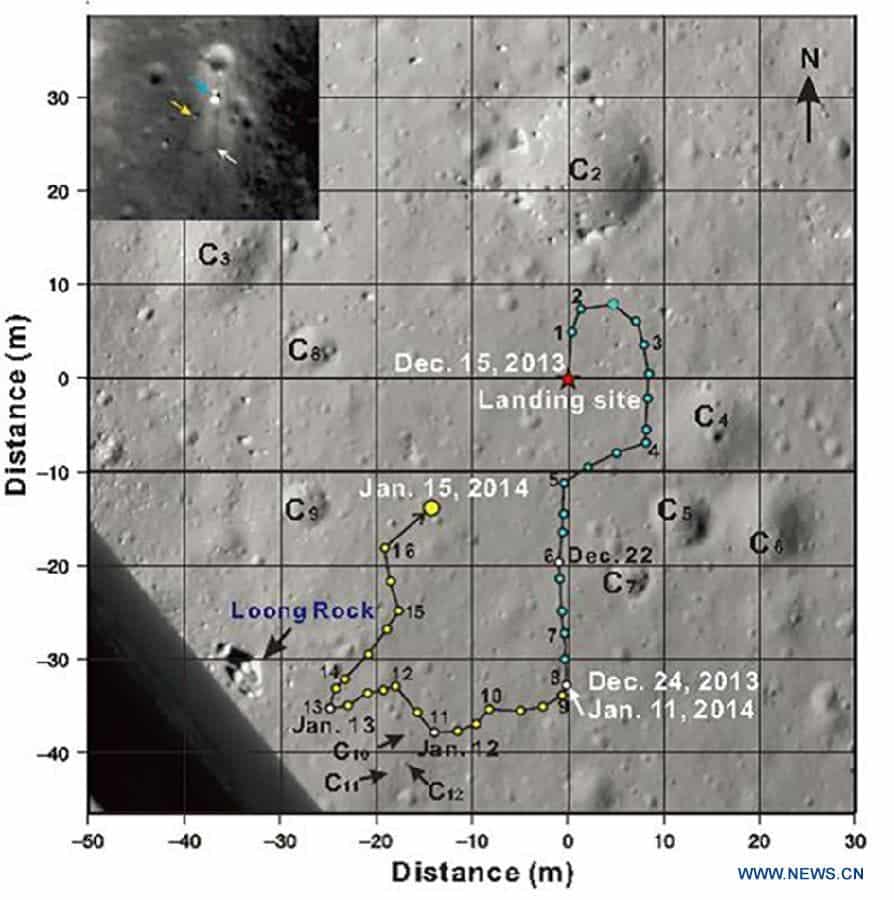
The rover was equipped with a Lunar Penetrating Radar (LPR) capable of probing 1,300 feet (400 meters) beneath the lunar surface. The technology was basically a Ground Penetrating Radar, something used on Earth for decades to probe the near surface (and in some cases, even going deeper). The LPR sends short radar pulses that travel in the underground; as they encounter a different layer, a part of the pulse’s energy is sent back to the receiver, while another part continues its journey deeper. The receiver’s antenna notes the wave shape, along with the time it took for the wave to return, thus enabling scientists to “visualize” the different underground layers.
Probably the most interesting discovery is a layer at depths of 140 meters to 240 meters, said Xiao, who is also professor of Macau University of Science and Technology.
“We think this layer is probably pyroclastic rocks which formed during the course of volcanic eruptions,” Xiao told Xinhua via email. “It reveals the diversity of volcanic activity, but what’s more important is that it shows there are plenty of volatile contents inside the moon.”
Pyroclastic rocks are rocks composed solely or primarily of volcanic materials, while volatiles are the group of chemical elements and compounds with low boiling points that are typically found with a planet’s or moon’s crust and/or atmosphere. Examples include nitrogen, water, carbon dioxide, ammonia, hydrogen, methane and sulfur dioxide.
Yutu (whose name means “jade rabbit”) is part of China’s Chang’e 3 moon mission. Chang’e 3 delivered Yutu and a stationary lander to the lunar surface on Dec. 14, 2013 – the first soft lunar landing since 1976. Yutu still cannot move the solar panels back to the insulating position during the lunar nights, exposing the internals to the nightly cold and continuous degradation. However, despite not being able to move and function properly, the Jade Rabbit is still sending valuable information back to Earth.
“Overall, we have already had a general scientific understanding of the moon thanks to these lunar missions. But if we want to have a comprehensive understanding of moon’s geological structure, material composition and formation, as well as its evolution, a large number of exploration events are still needed. Meanwhile, effective international cooperation is a must considering the high cost of these activities,” Xiao stressed.
The rover has a dedicated, although not official, Weibo account (Jade Rabbit Lunar Rover) with over 600,000 followers, sometimes posting humorous status updates.

